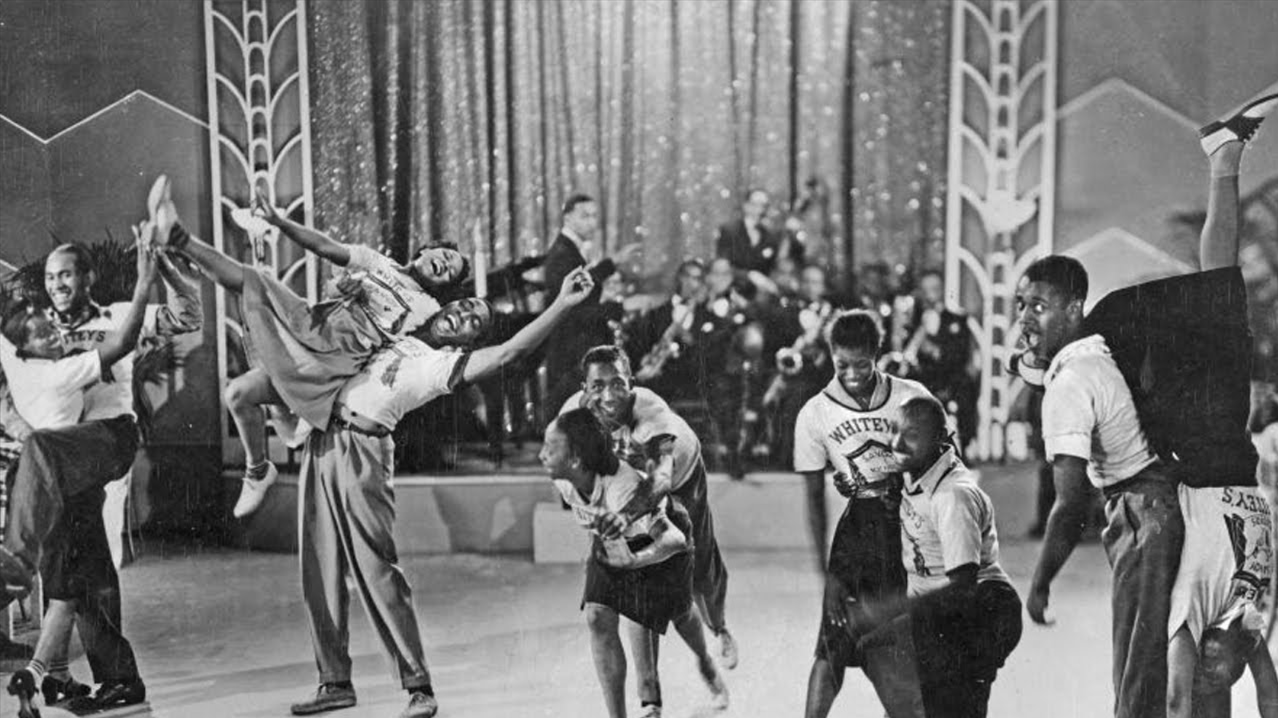
lindy hop history
Lindy Hop is a Black American art form that focuses on improvisation, rhythms, and jazz music. With Black vernacular jazz at its core, Lindy Hop seeks to create connection between two dancers and what they each hear in the music and feel in their bodies. The name Lindy Hop was inspired by Charles Lindbergh’s 1927 “hop” across the Atlantic.
What is
Lindy Hop?
Lindy Hop first started in the 1910s in Harlem, New York. It was danced in ballrooms and clubs like The Savoy Ballroom, The Cotton Club, The Casa Loma Ballroom (here in St Louis!), and the Palomar Ballroom. A prominent Lindy Hop dancer and frequenter of the Savoy, Frankie Manning, is known as The Ambassador of Lindy Hop for his lifelong work to preserve and further the dance. Other important figures are Shorty George Snowden (who invented the swing out), Mama Lou Parks, Herbert White, Norma Miller, Al and Leon, and Big Bea. Many consider the pinnacle of Lindy Hop to be the Savoy Ballroom’s 1937 battle of the bands, which pitted two of the finest jazz bands of the day against each other, led by Chick Webb and Benny Goodman.
Many Black art forms have evolved from Lindy Hop to create dances you know today. Some of these include House, Hip Hop, Crumping, Breaking, and Disco. Lindy Hop now has a worldwide presence and is danced in almost every major city. Modern Lindy Hop has grown into a community of passionate dancers from all walks of life who embody the spirit of Lindy Hop and carry on its legacy.
Want to learn more?
Lindy Hop dancer and international instructor Bobby White runs a blog called Swungover that is an amazing resource for all things swing dance history. Click the button below to check it out!


